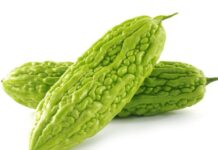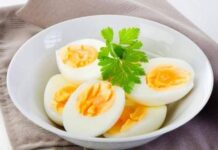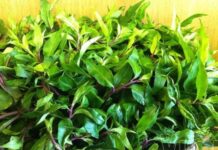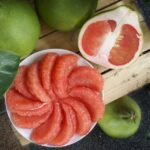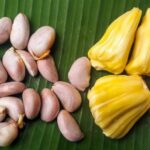Despite its affordability, stinging nettle boasts an impressive nutritional profile. According to Traditional Chinese Medicine practitioner Bui Dac Sang (Hanoi Traditional Medicine Association), the plant’s signature slimy texture is a treasure trove of nutrients. This mucilage is rich in plant-based collagen, combating aging and promoting joint health. Japanese studies suggest that this slime can hydrate and firm the skin while boosting immunity, preventing osteoporosis, and extending lifespan. Hence, this vegetable is highly recommended for regular consumption.
Modern medical research reveals that 100g of stinging nettle contains 498mg of calcium, 93mg of phosphorus, 3.8mg of iron, 0.24mg of vitamin B1, 0.36mg of vitamin B2, 168mg of vitamin C, 7,490 IU of vitamin A, and 141 IU of vitamin E. These vitamins and minerals are essential for overall health and beauty, particularly for women. Among leafy greens, stinging nettle ranks high in calcium (4th), iron (1st), beta-carotene (4th), and vitamin C (3rd) content.
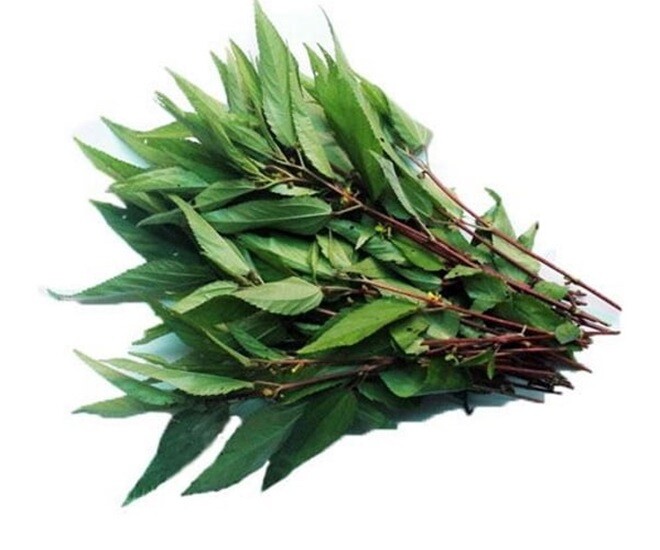
The Japanese compare stinging nettle to ginseng, advocating for its frequent use. Illustrative image.
In reality, despite its benefits, stinging nettle is not widely enjoyed. Most people cook it with other vegetables or ingredients to reduce its sliminess. Some even avoid it due to its perceived unpleasant taste and texture.
From a Traditional Chinese Medicine perspective, Practitioner Bui Dac Sang explains that both the leaves and seeds of stinging nettle are medicinal. The seeds, with their bitter taste and warm nature, promote blood circulation, support heart health, and regulate menstruation.
Practitioner Sang clarifies that the slime in stinging nettle is a complex biological compound beneficial for health. It stimulates intestinal movement, acts as a natural laxative, and effectively treats constipation. The plant’s polysaccharides enhance intestinal motility, preventing fecal impaction.
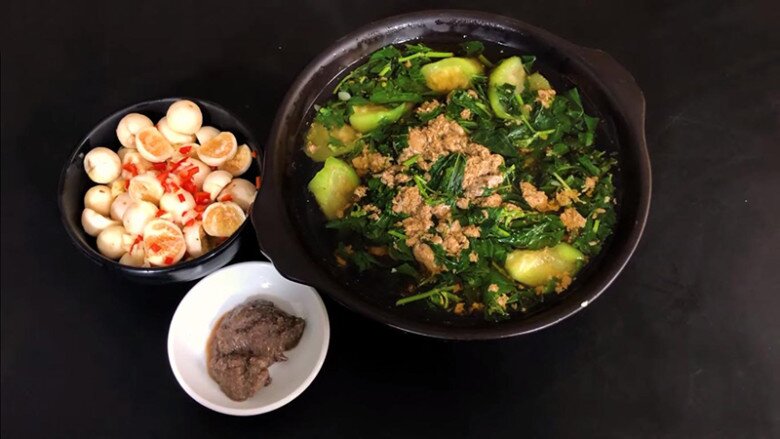
Due to its sliminess, stinging nettle is often cooked with other vegetables or ingredients. Illustrative image.
Below are some stinging nettle recipes and remedies shared by Practitioner Bui Dac Sang:
– Cooling and Detoxifying: Stinging nettle’s cooling properties quench thirst, reduce heat, and treat heatstroke. Its high water and mucilage content enhance its cooling effect, alleviating internal heat.
– Lactation and Constipation Relief: Cooking or boiling 200g of stinging nettle daily promotes milk production and relieves constipation. For postpartum lactation, purple-stemmed stinging nettle is more effective than the white-stemmed variety.
– Treating Hemoptysis: Decoction of 10g stinging nettle leaves, 10g long nha thao, and 10g cot khi cu for consumption.
– Urinary Relief: Individuals with urinary difficulty or pain can consume 300-400g of stinging nettle soup, including both broth and solids, to reduce inflammation and facilitate urination.
Practitioner Bui Dac Sang cautions that those with diarrhea should avoid stinging nettle, as it may exacerbate the condition. Its mucilage stimulates intestinal movement, potentially worsening diarrhea. Children under 5 should limit stinging nettle intake, as it may hinder calcium and zinc absorption. Additionally, stinging nettle’s cooling nature makes it ideal for heat relief. The best preparation method is soup with crab, consuming both broth and solids to maximize nutrient intake and minimize sliminess.
The Power of Jackfruit Seeds: Unlocking 3 Amazing Benefits for Your Health
The jackfruit seed is a beloved rustic delicacy, renowned for its nutty flavor and abundant nutritional benefits. This humble treat is more than just a tasty snack; it boasts a wealth of health-boosting properties that elevate it to superfood status. With its unique blend of nutrients and wholesome goodness, the jackfruit seed is a true gift of nature, offering a delicious way to nourish and nurture your body.













